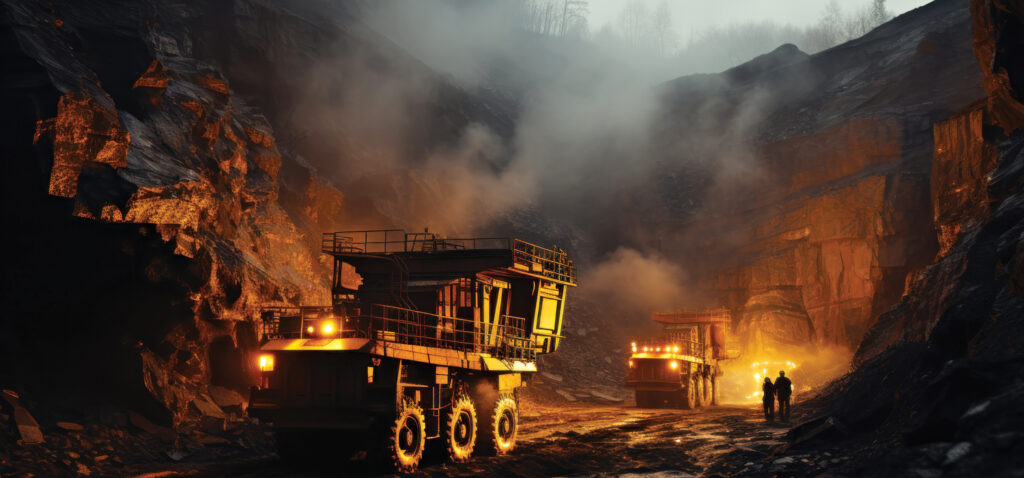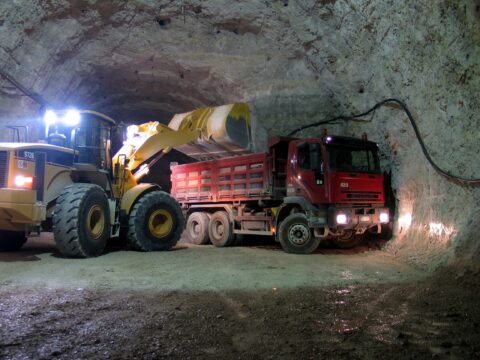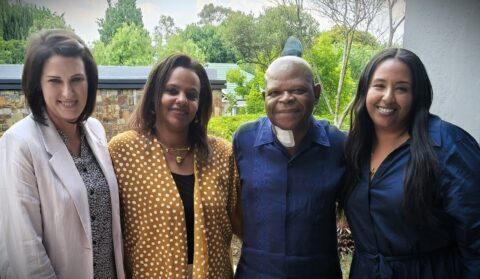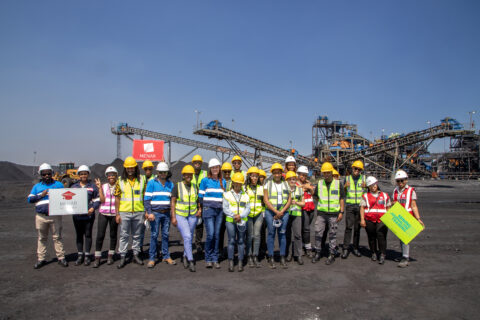SA Mining
Driving South Africa’s Industrial Development Through Critical Minerals
However, the country tends to excel at policy development, but struggles with consistent and effective execution.
Critical minerals” is a phrase that now punctuates every mining conference keynote, investor deck and cabinet communiqué. Like similar catchphrases, including “ESG”, “sustainable development” and “strategic minerals”, it is fast becoming the industry’s newest shorthand for urgency and promise.
Yet, unlike other acronyms and slogans in the mining industry, critical minerals are not an innovation of linguists or lobbyists. South Africa has long been a global supplier of minerals such as platinum, manganese, vanadium and chrome ore, to name a few, thanks to a rich natural abundance of these minerals. Today, these minerals are defined as “critical” under a single masthead: the Critical Minerals and Metals Strategy, 2025.
In the context of the African mining sector, explains Otsile Matlou, COO at ENS, South Africa must be commended for being one of only a handful of mineral-producing countries to adopt a critical minerals strategy.
“Africa desperately needs to redefine its relationship with its minerals, to move beyond colonial-era patterns of extraction and exporting raw, unrefined minerals to countries that have built their economies on the back of African resources,” he says.
“South Africa tends to excel at policy development, but struggles with consistent and effective execution. So, as much as the critical minerals strategy is welcomed, its real achievement will come from its substance, not its existence.”
Dig into it and the sheen of novelty dulls quickly. The critical minerals strategy inventories 21 minerals, ranks them by “criticality”, and recites familiar aspirations – regional integration, local processing and beneficiation – without outlining the timelines or implementation plans and budget lines that turn wish lists into strategy.
“A strategy, by definition, provides direction: it tells you what to do first, what to defer and how to achieve it. The critical minerals strategy does none of that.”
In truth, the critical minerals strategy is not an isolated document. It plugs into several layers of policy and regulatory framework. These include the National Development Plan (2030), which identifies mining as a growth engine if infrastructure, skills, and governance bottlenecks are addressed. It also includes the Industrial Policy & Strategy Review (2024) which emphasises localisation, green re-industrialisation and masterplans, and the EV White Paper (2023) which deals with downstream sectoral demands and a move towards a green economy. Lastly, it includes the recently published Draft Mineral Resources Development Bill, 2025.
“Unfortunately, the critical mineral strategy is not embedded in a modern mineral policy framework that twins with an industrial policy designed to leverage South Africa’s strengths. Worse still, the critical minerals strategy is not supported by enabling legislation,” adds Matlou.
Policy, law and strategy – the missing spine
A thriving mining industry rests on a three-tier spine, according to Denise van Heerden, Candidate Legal Practitioner for Natural Resources and Environment at ENS. These tiers are: an overarching policy that articulates national intent; legislation that operationalises that intent; and a strategy that converts statutory possibility into measurable outcomes.
“As mentioned, the strategy identifies 21 critical minerals, grouped by criticality, with platinum group metals (PGMs), manganese, iron ore, coal, and chrome deemed highly critical. Its nine pillars span the full value chain: geoscience, value addition, R&D and innovation, skills, infrastructure and energy security, fiscal instruments, regulatory harmonisation, ESG and circular economy, and regional integration,” she says.
“Concrete interventions include tariff relief for ferro-alloys, potential trade measures on chrome ore, development of dedicated rail corridors, Carbon Border Adjustment Mechanism (CBAM) mitigation for ferrochrome, and localisation of EV and battery production.”
The most striking feature of the critical minerals strategy is its lack of novelty. The global importance of manganese, chrome and PGMs is uncontested, but simply labelling them “critical” in 2025 means little, without a shift in how the state treats them.
“Does platinum now enjoy priority rail slots? Will manganese explorers receive flow-through share benefits? Will the state find funding solutions for coal mining or incentivise coal miners who face reducing funding and investor appetite?” she asks.
“The strategy fails to address that mere recognition of criticality does not lower logistics costs, nor does it reform the electricity tariffs or provide real incentives for the producers and processors of these minerals. In the absence of concrete incentives, clear plans and programmes by the state, the label risks becoming just another buzzword.”
The way forward – policy first, then law, then strategy
South Africa’s immense mineral endowment and the post-pandemic green technology surge presents real opportunity, adds Matlou. But opportunity is not destiny. The country needs a revised mineral policy, not with cosmetic amendment but with a full policy overhaul anchored in three questions:
- Which mineral-based value chains can South Africa competitively own end-to-end?
- What industrial capabilities must be built to secure those chains?
- How will the country fund, regulate and monitor that build-out?
“From an updated policy must flow a streamlined statute that balances national imperatives and investor-friendly incentives that align permitting, beneficiation, ESG and local content instruments under one transparent umbrella,” he notes.
“Only then can a real critical minerals strategy with sequenced milestones and accountable agencies make sense. A real strategy would prioritise catalytic infrastructure (such as rail to ports, electricity to smelters), and deploy concessional finance for pilot refining facilities. It would also foster strong research partnerships with universities and the Council for Geoscience, to extend exploration beyond familiar brownfields.”
The term “critical minerals” is not merely a buzzword. Critical minerals are the steel, fuel, chips and batteries of tomorrow’s economy. Treating “criticality” as a branding exercise, without any action, risks repeating history where the country will watch the next super-cycle from the same sideline where it watched the last – exporting unrefined ore while importing unemployment.
“The choice is stark: retrofit the policy for a carbon-constrained world, simplify legal machinery and craft a strategy with teeth, or continue producing glossy documents that catalogue problems without solving them.
“In the age of buzzwords, clarity is radical. A modern mineral policy that confronts logistics paralysis, power insecurity and institutional drift is the surest way to turn geological fortune into broad-based prosperity. Until then, South Africa’s critical minerals strategy remains what it is – a well-intentioned brochure, waiting in vain for the machinery of the state to make it real,” says Matlou.





